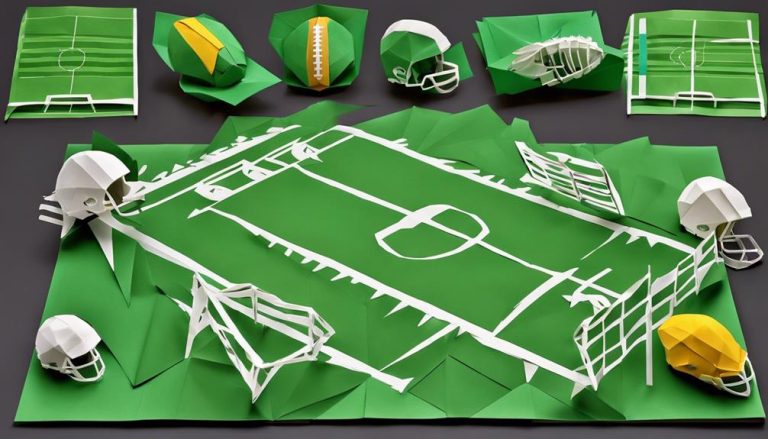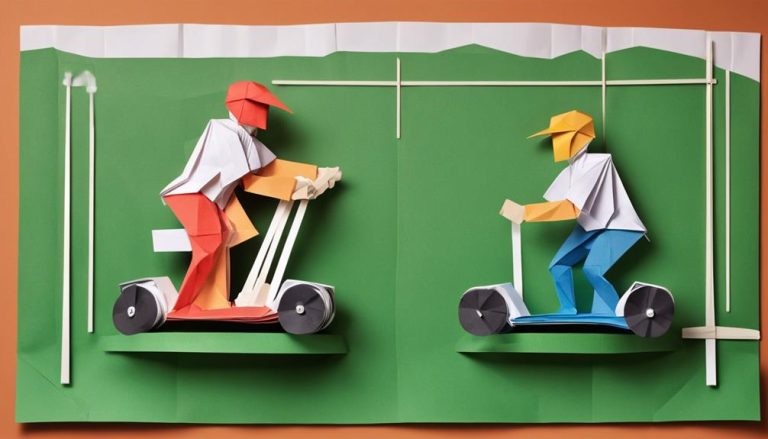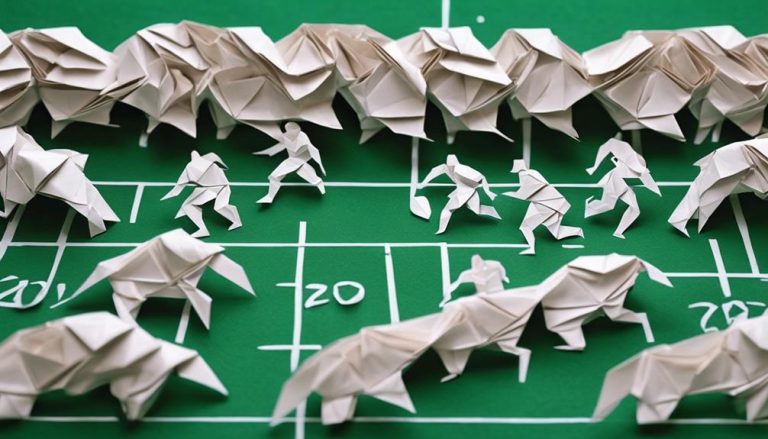General Rules of Motorcycle Speedway
Mastering the maze of regulations and requirements in the world of motorcycle speedway can be both challenging and rewarding. From the gear you don to the track you navigate, every detail demands attention. But what exactly are the essential rules that govern this high-octane sport? Let's explore the intricacies of rider equipment, starting line rituals, race setups, track safety, and consequences for rule violations in the adrenaline-fueled domain of motorcycle speedway.
Rider Equipment Requirements
When gearing up for a motorcycle speedway race, you must make certain that your rider equipment meets the strict safety requirements set forth by the competition rules. Helmet safety is paramount in speedway racing. Your helmet should be approved by the relevant safety standards organization and fit snugly on your head to provide maximum protection. It's important to make sure that the helmet is in good condition without any cracks or damage that could compromise its effectiveness in case of a fall.
Before hitting the track, gear inspection is an essential step. Your gloves should offer a good grip and protection for your hands. They need to fit comfortably, allowing you to have full control of your bike. Additionally, your boots should be sturdy, providing ankle support and protection. Make sure they are not worn out, as proper footwear is vital for maintaining stability on the bike.
In speedway racing, the right clothing can make a significant difference. Opt for durable leather suits that not only offer protection but also allow for ease of movement. Avoid loose clothing that could get caught in the bike's moving parts. By adhering to these guidelines and making sure your rider equipment is up to standard, you set yourself up for a safer and more enjoyable racing experience.
Starting Line Procedures
Before lining up at the starting line in a motorcycle speedway race, familiarize yourself with the precise procedures to guarantee a smooth and efficient beginning to the exhilarating competition. Starting line etiquette is pivotal in motorcycle speedway races. As you approach the starting line, make sure you are respectful of other riders and maintain your position without causing any disturbances. It is important to maintain focus and composure during this time, as the moments before the race can be intense.
Engaging in pre-race rituals can help you prepare mentally and physically for the challenge ahead. Take this time to concentrate on your breathing, visualize a successful start, and mentally go through your race strategy. Some riders have specific routines they follow before each race to help them get into the right mindset. Find what works best for you and stick to it to build confidence and readiness.
As you line up at the starting line, keep in mind the adrenaline and excitement that come with the sport. Stay alert, maintain your concentration, and be ready to react quickly to the starting signal. By following starting line etiquette and engaging in beneficial pre-race rituals, you set yourself up for a strong start and a competitive edge in the motorcycle speedway race.
Race Format and Scoring
Understanding the race format and scoring system in motorcycle speedway is essential for competitors aiming to strategize effectively and maximize their performance on the track. Here are some key aspects you should be aware of:
- Flag Signals: Flag signals play an important role in motorcycle speedway races. The starting marshal waves the green flag to signal the beginning of the race. A yellow flag indicates caution, requiring riders to slow down due to a hazard on the track. The red flag signifies the race has been stopped, and riders must return to the starting line. Finally, the black flag means disqualification for a rider due to rule violation.
- Points System: In motorcycle speedway races, points are awarded based on finishing positions. The winner of a race typically earns 3 points, the second-place rider receives 2 points, while the third-place rider gets 1 point. In some competitions, bonus points may be awarded for achieving the fastest time or making specific overtakes during a race.
Mastering the flag signals and understanding the points system will help you navigate the fast-paced world of motorcycle speedway racing more effectively. Keep these key elements in mind as you aim for success on the track.
Track Regulations and Safety
Traveling the track safely and adhering to strict regulations are paramount in motorcycle speedway racing to guarantee the well-being of all participants. Track maintenance plays a vital role in ensuring a safe racing environment. The track surface must be well-prepared, free of debris, and maintained regularly to prevent accidents. Safety barriers around the track are essential to protect both riders and spectators in case of any mishaps. These barriers should be sturdy and able to absorb impact to minimize the risk of injuries.
In addition to track maintenance, providing a safe experience for spectators is equally important. Spectator viewing areas should be strategically placed to offer the best vantage points while keeping a safe distance from the racing action. Safety measures such as fences or barriers should be in place to prevent spectators from accessing restricted areas. Moreover, amenities like first aid stations and emergency exits should be clearly marked and easily accessible in case of any emergencies.
Penalties and Disqualifications
Maintaining fair competition and upholding race integrity, penalties and disqualifications in motorcycle speedway racing are rigorously enforced for violations of rules and regulations. In the high-speed world of motorcycle speedway, maintaining fairness is paramount to uphold the spirit of the sport. Here is what you need to know about penalties and disqualifications:
- Official Rulings: The decisions made by race officials regarding penalties and disqualifications are final and must be adhered to by all competitors. These rulings are made to guarantee that the race is conducted fairly and in accordance with the rules and regulations set forth for the event.
- Appeals Process: If a rider feels that they have been unfairly penalized or disqualified, they have the right to appeal the decision. This process allows for a thorough review of the circumstances surrounding the penalty or disqualification, providing an opportunity for a fair resolution to be reached.
- Fair Play: Upholding the principles of fair play is essential in motorcycle speedway racing. Competitors are expected to demonstrate good sportsmanship, respect for their fellow riders, and adherence to the rules of the sport at all times.
- Sportsmanship: Displaying sportsmanship is not only a sign of respect for the sport but also for the other riders on the track. It is essential for maintaining a positive and competitive atmosphere during races. Remember, good sportsmanship is key to success in motorcycle speedway racing.
Frequently Asked Questions
Can Spectators Bring Their Own Food and Drinks to a Speedway Event?
Yes, you can bring your own food and drinks to a speedway event. Enjoy the freedom of bringing snacks and creating a picnic atmosphere while watching the races. Make sure to check if there are any specific restrictions in place.
Are There Any Restrictions on the Types of Motorcycles Allowed to Compete in Speedway Races?
When it comes to the types of motorcycles allowed in speedway races, there are specific regulations. Engine specifications play a vital role in determining eligibility. Make sure to check the guidelines before hitting the track.
How Are Speedway Tracks Maintained and Prepared for Races?
To prepare for races, speedway tracks undergo meticulous maintenance. Safety precautions are taken to guarantee track conditions. Pre-race rituals and equipment maintenance are essential for a successful event, providing riders with a safe environment.
Are There Any Age Restrictions for Spectators Attending Speedway Events?
When you head to a speedway event, age restrictions for spectators vary. Some venues have ticket prices for all ages, while others offer discounts for kids. The seating arrangements create an electric atmosphere, like a buzzing hive.
Are There Any Special Regulations for Night-Time Speedway Races?
During night-time speedway races, safety precautions become vital. The lighting must be top-notch to guarantee visibility. Noise levels need managing to reduce environmental impact. These regulations aim to create an enjoyable yet sustainable racing experience.






